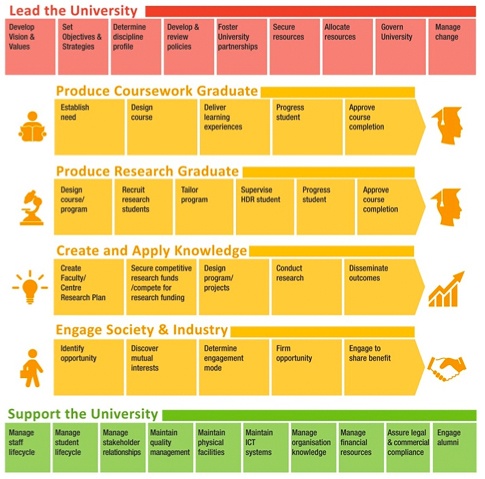
Creating a BPA is not a trivial exercise, and since it will always be subject to change and the exploration of greater detail, it is a never-ending job. Nevertheless a useful, working BPA can be developed in a few months and the immediate value of doing so can be remarkable. Quite apart from creating a solid basis for effective ongoing process management, discovery of the BPA focuses the organization wonderfully on really understanding how it executes its strategic intent. This article details why Business Process Architecture is crucial as a strategic and operational management tool.
Here are four practical steps you might consider doing now to get started on the creation Business Process Architecture (BPA)
-
Just build it
You (yes, you) don't need permission to start building a BPA for your organization. Find the strategy statements and determine who are the customers and others stakeholders and your organization's value proposition for them. These are likely your core highest level processes (I'd call them Value Chains). Start decomposing those processes. You will need permission and agreement (and lots of it) to make it official, but you can start right now without anyone's approval. -
Hang it on the wall
Once you've got something you and a few others think is reasonable, socialize it on internal websites or notice boards. ‘Hang it on the wall' and see what people say. Give folks the opportunity to comment and take note of who comments as well as what they say. -
Test performance
Pick a process and try to measure its performance. If it was working well, how would you know? How is it performing? Is the performance gap something that should be fixed now? -
Continue the Discussion
You've started the process performance discussion with a group of people who have expressed interest in the idea of process and the BPA. Keep talking.
This article was originally published at www.BPTrends.com.




